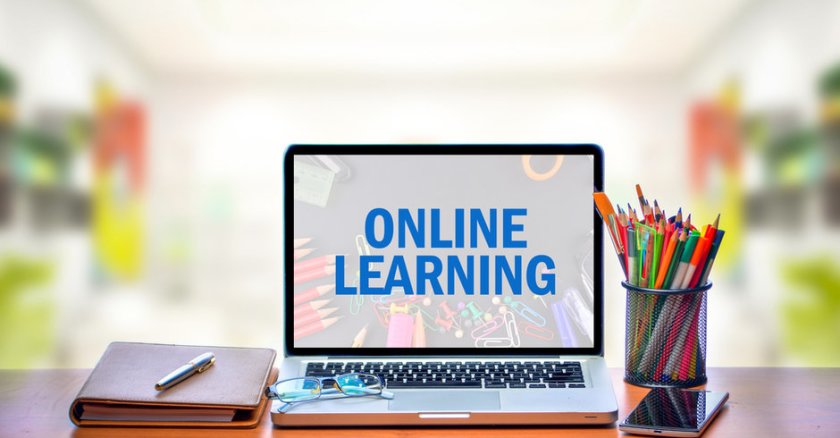
Online Learning: Advantages, Challenges, and the Future of Education
Introduction
Online learning, also known as e-learning or distance education, has revolutionized the way we approach education. With the rapid advancement of technology, the internet has opened up new opportunities for students and educators alike. This article delves into the world of online learning, exploring its advantages, challenges, and the potential it holds for the future of education.
Advantages of Online Learning
1.1 Flexibility and Convenience One of the most significant benefits of online learning is its flexibility. Students can access course materials and participate in classes from anywhere with an internet connection, allowing them to balance their education with work, family commitments, or other responsibilities. This convenience eliminates geographical barriers and expands access to education for learners worldwide.
1.2 Personalized Learning Online learning platforms often employ adaptive technologies that tailor educational content to individual learners’ needs. This personalized approach enables students to progress at their own pace, focus on areas they find challenging, and engage with material that aligns with their interests and learning styles.
1.3 Diverse Learning Opportunities Online learning offers a wide range of courses, often spanning various disciplines and specializations. Students can access courses from top universities and institutions worldwide, giving them the opportunity to learn from experts and expand their knowledge in niche subjects.
1.4 Cost-Effectiveness Online learning can be more cost-effective than traditional on-campus education. Students save on commuting, accommodation, and other related expenses, making education more accessible and affordable.
1.5 Accessibility for Differently-Abled Individuals Online learning platforms can be designed to accommodate differently-abled individuals, offering accessibility features such as screen readers, subtitles, and adaptive technologies. This inclusivity ensures that all learners have an equal opportunity to participate in the educational process.
Challenges of Online Learning
2.1 Technological Barriers While the internet has made online learning possible, it also introduces technological challenges. Students from economically disadvantaged backgrounds may lack access to reliable internet connections or the necessary devices, limiting their ability to fully engage in online courses.
2.2 Lack of Social Interaction Traditional classrooms provide valuable face-to-face interactions with peers and instructors, fostering a sense of community and collaborative learning. Online learning can sometimes feel isolating, as it lacks the same level of social interaction, potentially affecting students’ motivation and engagement.
2.3 Self-Discipline and Time Management Online learning requires students to take more responsibility for managing their time and staying disciplined. Without the structure of regular class schedules, some students may struggle to stay on track and complete assignments within deadlines.
2.4 Quality Assurance and Credibility The proliferation of online courses has led to concerns about the quality and credibility of certain programs. Ensuring that online courses meet rigorous standards and provide credible certifications remains a challenge for the online learning industry.
2.5 Faculty Readiness and Training Educators need to adapt their teaching methods to suit the online learning environment. Many instructors may lack experience or training in online instruction, which can impact the effectiveness of online courses.
Addressing Challenges and Improving Online Learning
3.1 Bridging the Digital Divide To make online learning truly accessible, efforts must be made to bridge the digital divide. Governments, educational institutions, and private organizations can collaborate to provide subsidies, scholarships, or loan programs for students to acquire the necessary technology and internet access.
3.2 Enhancing Social Interaction Online learning platforms can be enriched with discussion forums, virtual study groups, and live video conferencing to encourage social interaction among students. Additionally, instructors can incorporate group projects and collaborative activities to foster a sense of community.
3.3 Implementing Effective Assessment Methods Developing reliable and secure assessment methods is crucial in online learning. Educational institutions must adopt plagiarism-detection software and innovative assessment tools to ensure the authenticity of students’ work.
3.4 Faculty Development and Training Institutions should invest in faculty development programs to equip instructors with the necessary skills and knowledge to deliver effective online courses. Continuous training can help educators adapt to the evolving landscape of online education.
3.5 Accreditation and Quality Assurance Establishing accreditation standards for online courses and programs is essential to maintain quality and credibility. Peer reviews, student feedback, and external evaluations can contribute to ensuring the integrity of online learning offerings.
The Future of Online Learning
4.1 Blended Learning The future of education may lie in blended learning, which combines online and in-person instruction. Blended models offer the best of both worlds, leveraging technology’s benefits while maintaining valuable face-to-face interactions.
4.2 Gamification and Interactive Learning Gamification, using game elements in the learning process, can enhance student engagement and motivation. Interactive learning experiences, such as virtual reality simulations and augmented reality, offer immersive and experiential learning opportunities.
4.3 Artificial Intelligence in Education Artificial Intelligence (AI) has the potential to transform online learning by personalizing content, providing real-time feedback, and automating administrative tasks. AI-powered tutors and chatbots can support students’ learning journey, providing instant help and guidance.
Conclusion
Online learning has brought about a paradigm shift in education, offering students unparalleled access to knowledge and skills. Despite its challenges, innovative solutions and investments in technology can overcome many of these obstacles. As the future unfolds, embracing online learning’s potential while maintaining the integrity of traditional education will pave the way for a comprehensive, inclusive, and effective learning landscape.




